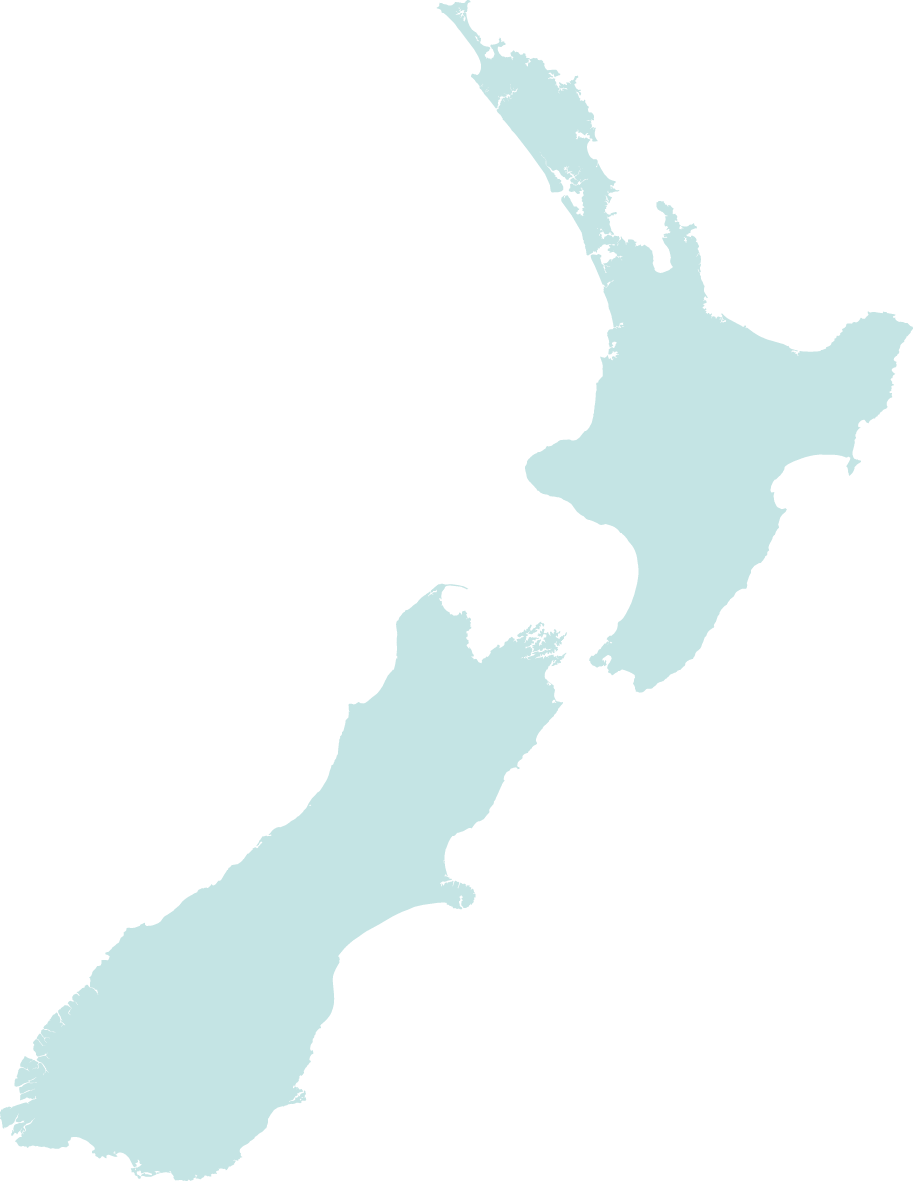NCEA Qualification Check List | Rank Score | Planning High School Subjects
นักเรียน NCEA การเตรียมตัวเข้าเรียนต่อในมหาวิทยาลัย
บทความนี้จะช่วยนักเรียนเตรียมตัวเพื่อเพิ่มโอกาสรับเข้าเรียนต่อในมหาวิทยาลัยที่มุ่งหวัง
ข้อมูลในหน้านี้ได้รับการคัดลอก แปล และสรุปย่อจากคำแนะนำของมหาวิทยาลัยในนิวซีแลนด์ที่ gave best advice ในหัวข้อที่เกี่ยวข้อง
- How is University Different to Schools?
- UE Qualification Check List
- UE (University Entrance) and Rank Score
- What happens if I don't achieve the Required Qualifications?
- List of Recommended High School Subjects
How is university different to school?
When you arrive at university you’ll notice some things are slightly different than at high school. We've put together this chart to help you understand the differences.
| High school | University | |
|---|---|---|
| Student body | 500 - 2000 students, aged 13 - 18, usually from the same area | Universities can have 12,000 - 40,000 students, aged 17 - 60+ from all over New Zealand and the world |
| Class size | Usually 15 - 30 people | Lectures can have 300 - 400 students. Tutorials and labs have 10 - 25 students |
| Dress code | Uniform | Mufti (Casual Clothing) |
| Study periods | Four terms which run for about 10 weeks each | Two main semesters which run for 12-17 weeks each, and 1-2 optional summer semester(s) which run for 6-10 weeks each |
| Learning style | Your teacher assigns tasks for the class to talk about and share ideas. They also check your homework and monitor your progress | Lecturers explain important theories and concepts in large lecture theatres. In tutorials and labs, you apply these and can discuss ideas. You monitor your own progress |
| Assessment | You earn credits by passing assignments, tests and exams for each subject | You earn points by passing papers, which are like subjects, that count towards your degree |
| Campus size | One area of school grounds | Can have one or multiple campuses |
| Time spent in class | 9am - 3.30pm Monday to Friday with five different class periods | 12 - 15 hours of class per week spread across Monday - Friday. Outside of classes, you’ll work on assignments and complete readings |
| Living arrangements | At home with parents or caregivers | Halls of Residence, flatting, homestay, or at home |
UE Qualification Check List
It's a great idea to start planning for university before you start NCEA so that you know where you’re headed. To be accepted into any New Zealand university you need to have University Entrance (UE). The information below shows the pathway from NCEA Level 1 to Level 3 and how you can achieve University Entrance (UE).
![]() Numeracy Level 1 or higher
Numeracy Level 1 or higher
- 10 credits from specified achievement standards available through a range of subjects, OR
- from a package of three numeracy unit standards (26623, 26626, 26627 – all three required).
![]() Literacy Level 2 or higher
Literacy Level 2 or higher
- 5 reading credits, AND
- 5 writing credits from the specified list.
- The credits can come from a range of subjects.
 Level 3
Level 3
- 14 credits in one approved subject
- 14 credits in one approved subject
- 14 credits in one approved subject
 Achieve NCEA Level 3 Certificate
Achieve NCEA Level 3 Certificate
- 60 credits at Level 3 or above, and
- 20 credits from Level 2 or above
= University Entrance from NCEA
Congratulations! You have now achieved University Entrance (UE) and are eligible to apply for study at any New Zealand University.
Credit: The University of Waikato "Are you Prepared?" mildly adjusted to fit other Universities circumstances
- นับรวมทุกรายวิชาได้สูงสุด 80 เครดิต โดยให้เลือกจาก Best grades ของแต่ละวิชา
- แต่ละวิชาให้นับได้ไม่เกินวิชาละ 24 เครดิต
- การคำนวณจะถ่วงน้ำหนักเกรดที่ได้ โดยแยกประเภทเกรดที่เข้าสูตรออกเป็น 3 แบบ คือ
- เกรด E (Excellence) เกรดในหมวดนี้ได้เท่าไหร่ให้เอา 4 คูณ
- เกรด M (Merit) ได้เท่าไหร่ให้คูณ 3
- เกรด A (Achieved) ได้เท่าไหร่ให้คูณ 2
- แล้วนำคะแนนที่ได้แต่ละช่องมารวมกัน ก็จะได้ Rank Score
- ทั้งนี้ Ranking Score สูงสุดที่นักเรียนคนหนึ่งๆ จะสามารถทำได้ คือ 320 (i.e. เรียนได้ Excellence ทุก Standard ที่เรียน นับ 80 เครดิต x 4 = 320 maximum credits)
ตัวอย่างการคำนวณ Rank Score
เครดิต: มหาวิทยาลัยวิคตอเรีย
|
Approved subject |
Excellence credits |
Merit credits |
Achieved credits |
|---|---|---|---|
|
English |
8 |
4 |
6 |
|
History |
- |
6 |
10 |
|
Statistics |
4 |
4 |
16 |
|
Geography |
- |
10 |
10 |
|
French |
- |
- |
24 |
|
SUB-TOTAL |
12 |
24 |
66 |
|
Best 80 credits |
12 |
24 |
44 |
|
Calculate points |
48 pts (12 x 4) |
72 pts (24 x 3) |
88 pts (44 x 2) |
|
Score |
|
|
208 points
|
คำแนะนำจาก VUW
- Your rank score is based on your 80 best credits in University Entrance approved subjects at Level 3 and weighted by the level of achievement.
- Count up all your Excellence and Merit credits first, then count as many Achieved credits as you need up to a maximum of 80 credits.
- All Level 3 approved subjects can be counted.
- A maximum of 24 credits in each subject can be counted.
- The Guaranteed Entry Score (GES) for NCEA is 150 points for all undergraduate degrees, except the Bachelor of Architectural Studies and Bachelor of Building Science which require a GES of 180 points.
- If you have achieved fewer than 80 credits at Level 3, the score will be based on those you have achieved.
- You should take approved subjects wherever possible in your school programme both for entrance purposes and as the best preparation for university study.
- In this example, the student can only count 44 of their Achieved credits, because they already have 36 Excellence and Merit credits.
- If you achieve University Entrance but do not achieve the GES, you may be waitlisted according to your score and application date. We will offer you a place in your programme as soon as possible.
CASE STUDY
|
1. จะต้อง Meet UE Standard (เรียนจบ Level 3 และได้เครดิตในวิชา L3 จำนวนขั้นต่ำ 42 เครดิต (วิชาละ 14 เครดิต) จาก UE Approved Subject จำนวน 3 รายวิชา, และจะต้องได้ Literacy กับ Numeracy Credits ครบจาก Standards ที่เคยเรียนใน L1-L3 โดยกำหนด Numeracy เป็นพิเศษจาก Unit Standard สาม Standards (ระบุหมายเลข standard)
2. จะต้องได้ Rank Score เกินกว่า 260
3 จะต้องเคยเรียนและได้ 17 เครดิตที่เป็นแบบ External Credits จากวิชา Calculus เลเวล 3 และ 16 เครดิตที่เป็นแบบ External Credits จากวิชา Physics เลเวล 3
ดูตัวอย่างผลการคำนวณ Rank Score ของ UOA (เคสจริง)
Result:
|
|
1. จะต้องได้ 14 เครดิตจากวิชา Math เลเวล 3 หรือ Calculus โดยต้องมีหน่วยการเรียนเรื่อง Differentiation และ Integration ร่วมด้วย (ระบุหมายเลข standard)
2. จะต้องได้ 14 เครดิตจากวิชา Physics Level 3
3. จะต้องได้ 14 เครดิตจากวิชา Chemistry Level 3
ซึ่งใครที่ได้ตามเกณฑ์ด้านบนก็คือจะได้ NCEA Cert Level 3 ครบ 42 เครดิตนั่นเอง สำหรับ Numeracy และ Literacy ทาง UC ไม่ได้ระบุ แต่โดยปกติใครที่จะได้ NCEA Cert Level 3 ก็จะต้องมี Lit และ Num ครบตามเกณฑ์อยู่แล้วไม่อย่างนั้น Certificate จะไม่ออกให้
UC อนุโลมให้นักเรียนที่ต้องการเรียน Engineering สาขาภาควิชา/Specialisation ต่อไปนี้ ไม่จำเป็นต้องใช้เครดิตวิชาเคมีในการสมัครเข้าเรียนและไม่ต้องเรียนเคมีในระดับ ป.ตรี ; Computer Engineering, Software Engieering, Mechatronics Engineering และ Electrical and Electronic Engineering
Result:
|
| UOA | ดูเกณฑ์การคำนวณ Rank Score ของ UOA |
| AUT | ดูหน้าคำนวณ Rank Score ของ AUT |
| OTAGO | ดูเกณฑ์การคำนวณ Rank Score ของ Otago |
| VICTORIA | ดูเกณฑ์การคำนวณ Rank Score ของ VUW |
What happens if I don't achieve University Entrance or Equivalent Qualification?
If you do not meet the entry criteria above, all New Zealand universities offer bridging and pathway programmes to degree study. These programmes include academic, specific purpose and general English Language programmes and is called "Foundation Studies Certificate" or "Certificate of Foundation Studies"
CHOOSING THE RIGHT HIGH SCHOOL SUBJECTS






